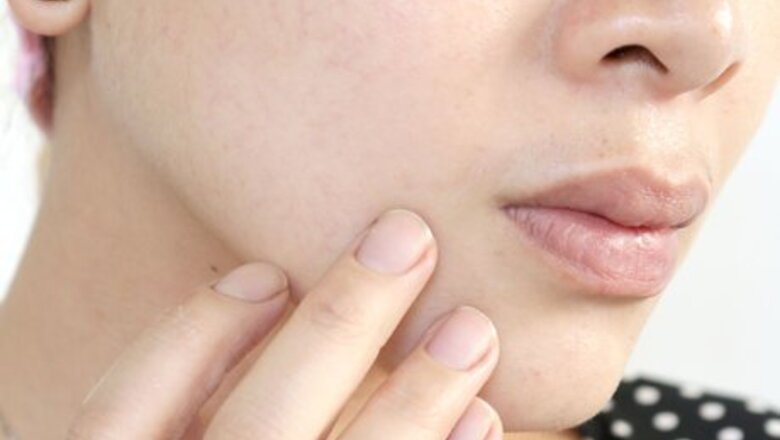
views
- Pick your mask based on what treatment your skin needs, and prepare either a homemade or store-bought mask along with a soft bristle brush.
- Wash and exfoliate your face before taking a hot shower to open up your pores.
- Apply the face mask evenly across your face, and let it sit on your face for an average of 15 minutes before washing it away with warm water.
Gathering Materials

Assess your skin. There are many types of masks on the market, and even more that you can make at home. First, look in the mirror and determine what you want your mask to accomplish. Are you aiming to hydrate your skin or to clear up oil? Do you want to get rid of breakouts or are you looking for an anti-aging product? Once you know what kind of mask (or masks) you need, you can find, or make, the right product.
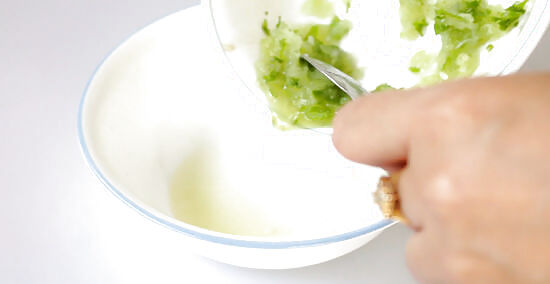
Prepare your mask. There are two routes you can take when using a mask product: purchasing a store-bought mask, or making a DIY mask at home. Read and follow all directions. (Some clay masks, for example, require the addition of water or apple cider vinegar). If you will be using a homemade mask, gather all of your ingredients and follow the recipe. Homemade masks can be made from egg whites, avocado, milk, oatmeal, and many other household products. Find a recipe that works for you. Store-bought masks can be found for all manner of skin ailments and skin types. Read ingredient labels and find a mask that you’d like to use.

Get a brush. Face masks are best applied with a soft-bristle brush, such as a paintbrush (normally used for art making) or a tint brush (normally used to apply hair dye). Invest in a brush that you will use for this purpose, and be sure to clean it when you are done. You will also need a bowl for your mask, and possibly a washcloth.

Cut some cucumber (optional). You may want to cut two very thin slices of cucumber to place over your eyes. This will relax your eye area and reduce any eye puffiness while your mask works. If you do not have any cucumber at home, slices of raw potato will work as well.
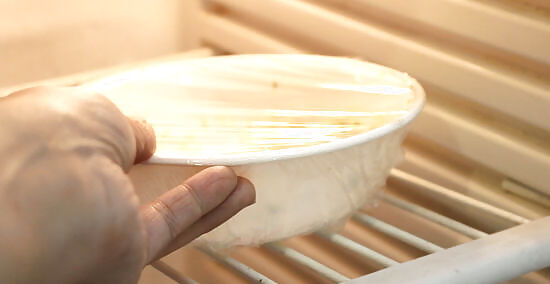
Refrigerate your items. Keep all of these things in the refrigerator until you are ready to use them. This is especially true if you are using perishable ingredients in your mask, but even if you are using a store-bought mask product, applying it cold can feel great and be good for your skin. For a cooling effect, place face mask in the refrigerator at least one hour prior to application.
Prepping Your Skin
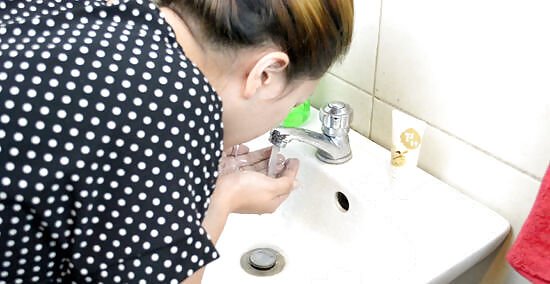
Wash your face. Before you apply your mask, be sure to cleanse your skin thoroughly. Using warm water and your favorite facial cleanser, remove any makeup, dirt, and oil. Do not apply moisturizer.
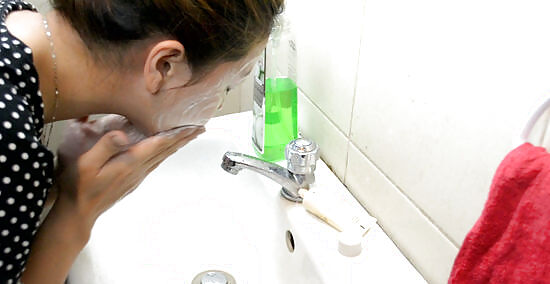
Exfoliate. If it has been a while since you last exfoliated, it is a good idea to do so before you apply your mask. It removes the dead skin cells and helps your mask absorb better. You can use a store-bough facial scrub, such as St. Ives Apricot Scrub. Alternatively, you can mix a small bit of ground coffee or sugar into your face wash. Apply the product to wet skin, gently scrub, and rinse with warm water.
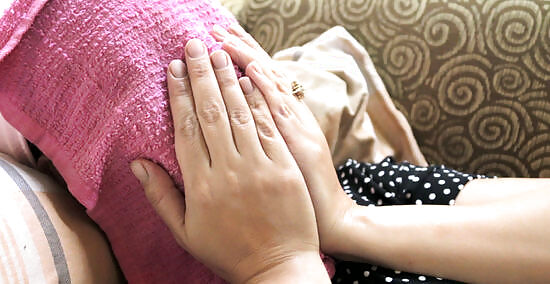
Open your pores. Your mask will do the most good if open up your pores before applying it. The simplest way to do this is to take a hot shower before applying your mask. As an alternative, you can take a washcloth and dip it in hot water (as hot as your face can bear) and cover your face with the washcloth until it cools off. A third option is to hold your face over a bowl of steaming water for 1-2 minutes.
Applying the Mask
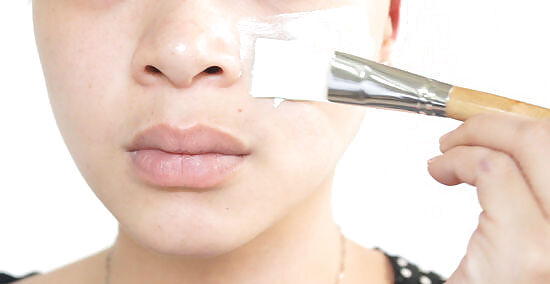
Apply the mask. Using a paintbrush (or another soft-bristled wide brush) or your fingertips apply the mask evenly to your face. If you do not have a brush and plan to use your fingertips, then make sure your hands are clean before applying the mask. Be sure that the application of the product is even and smooth. Avoid going too close to your eyes or mouth, but don’t forget your neck!
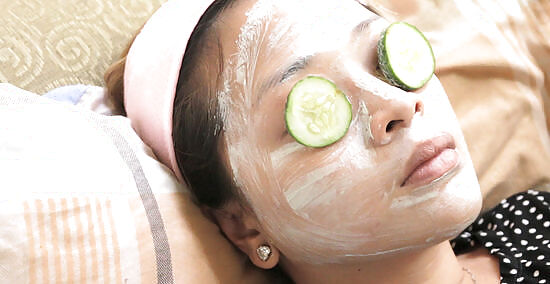
Set cucumber slices on your eyes (optional). After applying the mask, set cucumber (or potato) slices on your eyes, if you are using them, and relax. You may want to switch off the light. It relaxes you better.

Set a timer and wait. The length of time you will leave on your mask will vary based on the type of mask you are using, and the type of skin you have. In general, 15 minutes is a good average for most masks. Set a timer for yourself and relax. If using a clay mask, do not wait for the clay to dry. Remove the mask while the clay is still slightly wet.
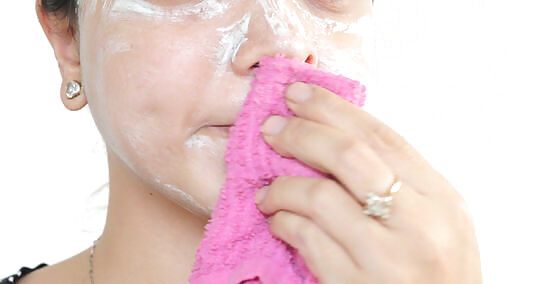
Remove the mask. After the proper waiting time, use warm water and a washcloth to gently remove the mask. Be sure to gently wipe away the mask from around your hairline and under your chin.

Follow with a toner and a moisturizer. Use a cotton ball to apply toner to your face and neck. This shrinks your pores and locks in all the benefits of your mask. Finally, apply a bit of your favorite moisturizer. Avoid applying too much moisturizer, as this will clog your freshly-cleared pores.

Repeat the process once per week. It is important to avoid using clay masks too often because it can irritate your skin. However, using a clay mask can be a refreshing treatment for your skin. Use a clay mask only once per week to reduce the chances of irritation. If your skin is dry, then you may want to use a clay mask less often. If your skin is oily, then you might be able to use the treatment more often.










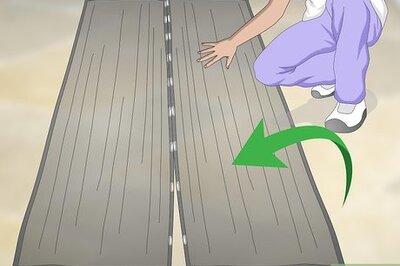









Comments
0 comment